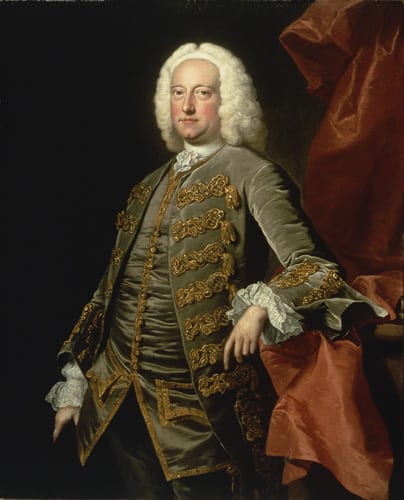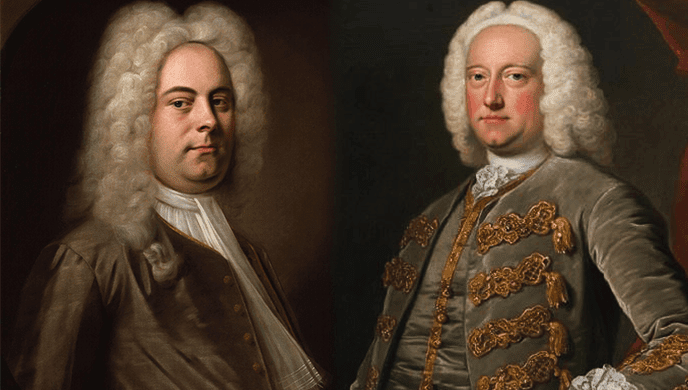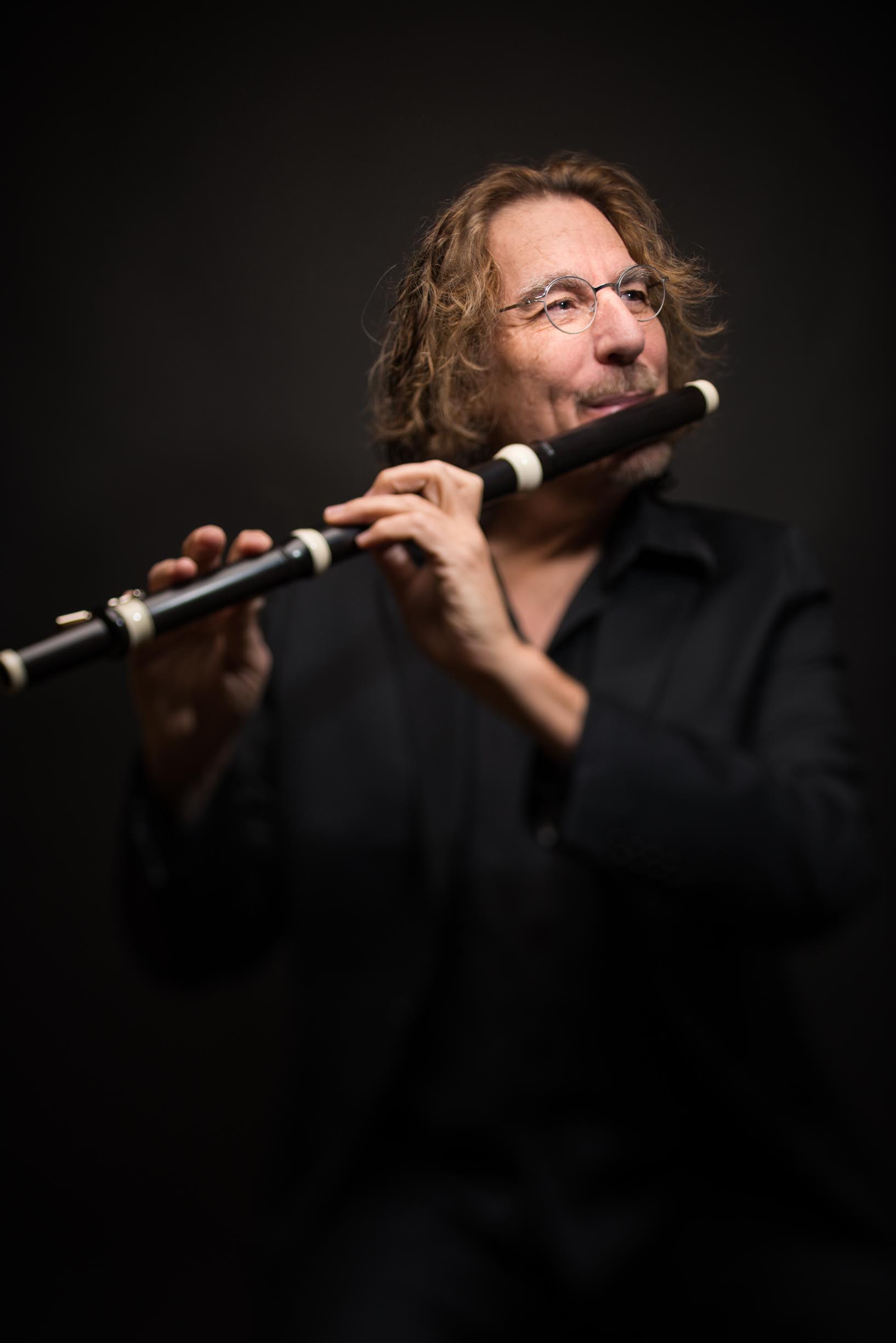Charles Jennens: The Gilbert to Handel’s Sullivan
By Bruce Lamott

Charles Jennens
When Handel turned from the shopworn librettos of Italian serious opera (opera seria) to the heightened drama of Saul, the first in what would become the succession of English oratorios that assured his place in history, it was not on his own initiative. However, the role of Charles Jennens (1700-1773), the librettist who was to play Gilbert to Handel’s Sullivan, has been eclipsed by Handel’s musical genius, and, unlike Mozart-and-daPonte or Rodgers-and-Hammerstein, the close collaboration of Jennens-and-Handel never received the double-billing Jennens deserves. A wealthy country squire, art collector, confirmed bachelor, and designer and builder of a magnificent estate in Leicestershire, Jennens (contemporary spellings suggest it was pronounced “Jennings”) is best known for his libretto for Messiah (1741-42), but as that was a masterful collage of texts from the King James Version of the Bible, it did not reveal his full potential as a dramatist that we see in Saul. Jennens also wrote librettos for Handel’s Belshazzar (1744-45), L’Allegro, il Penseroso ed il Moderato (1740-41), and probably, Israel in Egypt (1738-39), and for no other composer.
Without Jennens’s persistence to steer him in a new direction, Handel might well have foundered in the downward spiral of his operatic career. While Handel later initiated oratorios by engaging other librettists, Jennens made the first move. Jennens may have sent the Saul libretto to Handel as early as 1735, though the composition did not begin until 1738. There’s considerable evidence of Jennens’s hands-on involvement with the revision of the oratorio between its first draft and its first performance, including a number of changes he wrote directly into the autograph score. His correspondence also expresses his blatant opinions of Handel’s foolish ideas, which he calls “maggots”: the introduction of tinkly carillon bells; a new organ; and Handel’s displacement of a “Hallelujah” chorus from the first scene to the end of the oratorio. While Jennens was often critical of Handel, especially behind his back, the two were lifelong friends. That Handel put stock in his opinions is shown by his restoration of the chorus to its original position as well as a number of other improvements; the other two “maggots,” however, stayed in.
Jennens’s greatest presence in Saul, however, lies in his personal relation to the subject itself. He was a nonjuror, excluded from all political and ecclesiastical offices. Nonjurors refused to take an oath of allegiance after the Glorious Revolution of 1688, in which the Catholic King James II was replaced by his Protestant daughter Mary and her Dutch husband, William of Orange. Jennens was conflicted between his zealous Anglican Protestantism and his loyalty to Roman Catholic house of Stuart, the family with the hereditary/divine right to rule. Drawing a parallel between the downfall of one anointed king (Saul) and another (James II), the final scenes of the oratorio connect with another controversy in English politics: the execution of King Charles I. It was no coincidence that the scripture lessons appointed for the Feast of King Charles the Martyr recount the death of King Saul—both regicides and crimes against the Lord’s anointed. Jennens’s masterful libretto plummets from triumph to tragedy while the title role rises from villainy to martyrdom.
See Handel’s Saul with GRAMMY® Award-winning countertenor Aryeh Nussbaum Cohen April 6–13. Get tickets here.






